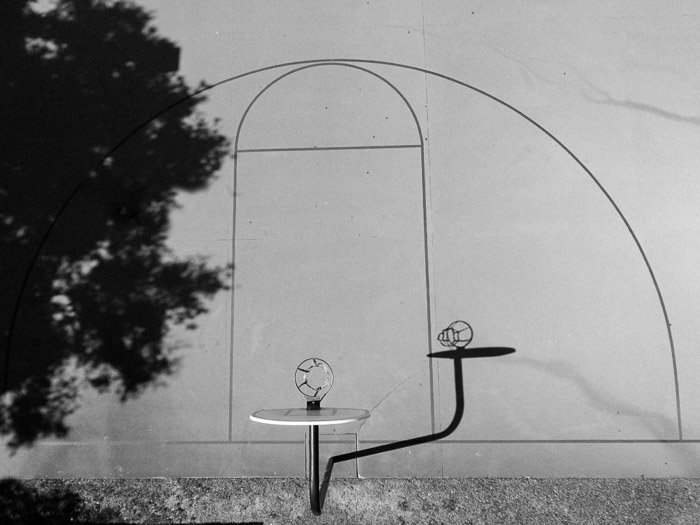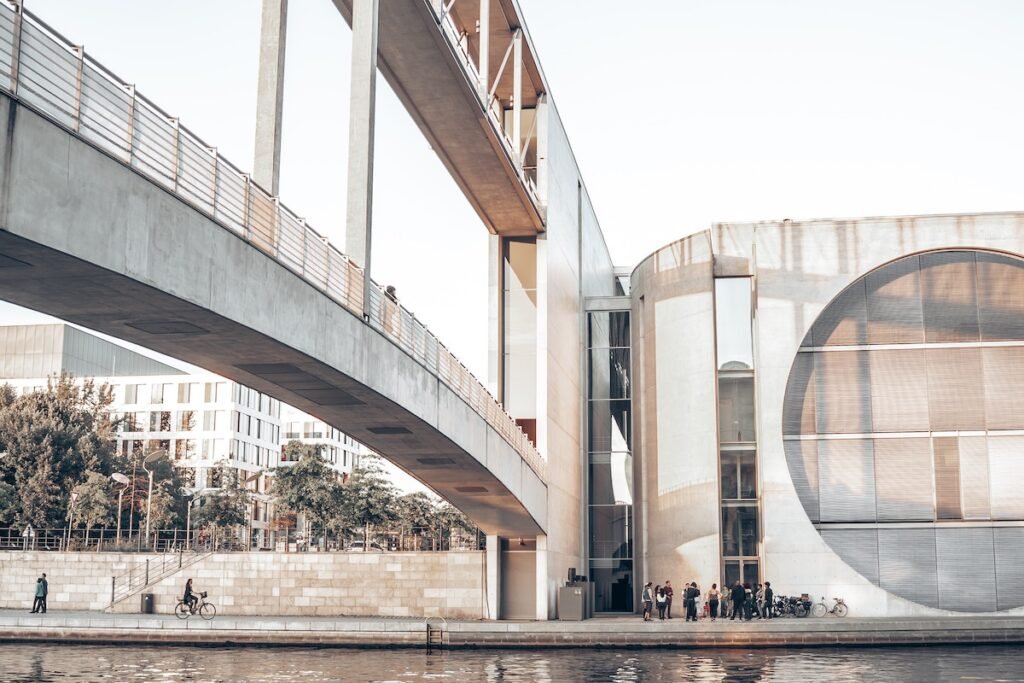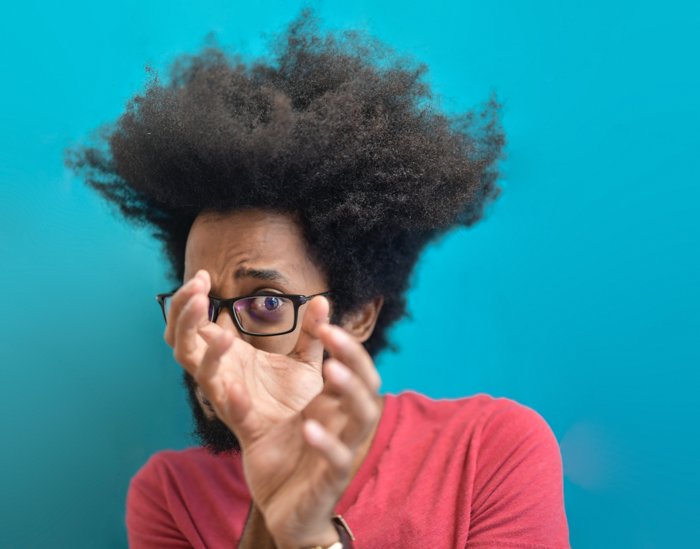Shadow photography can make a scene more dramatic if you know how to use them. Because photography is all about light, knowing when to block some of that light can add a dynamic feel to your photos. And sometimes, you don’t even choose to block that light. Sometimes, you don’t have a choice! So read on to learn how to use shadows to your advantage in your photography.
Here Are Our 8 Best Tips for Shadow Photography
In this article, we have a few tricks to show you to help you photograph shadows better.
1. Don’t Wait for the Golden Hour
Golden hour refers to the short period when the sun is low on the horizon and casts a “golden” glow. However, the term is deceiving because it typically occurs about 20 minutes (not an hour) after sunrise or before sunset.
Despite the time constraint, don’t hesitate to shoot at sunrise or sunset if you want dramatic shadow photos. Due to the low position of the sun during this time, it creates long shadows that look more prominent in your image.
The golden hour also provides a perfect opportunity to shoot silhouettes. When the sun is directly behind any object you’re photographing, it naturally creates backlighting. But the contrast it produces eliminates the details in your subject and causes it to look black.
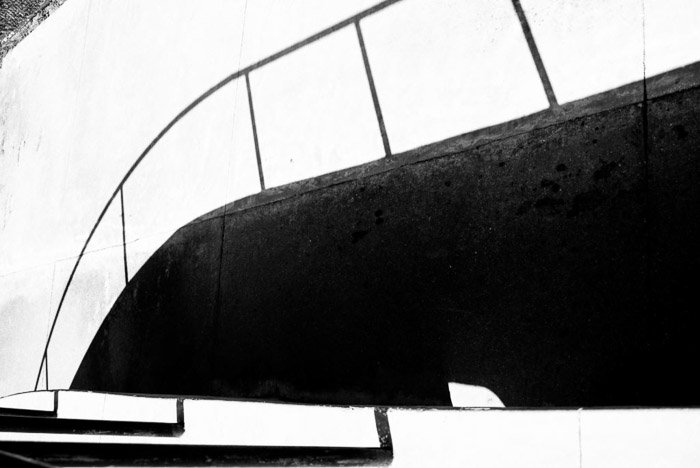
2. Shoot in Harsh Sunlight
You don’t always have to wait for the golden hour to end up with cool photos. Sometimes, shooting in harsh sunlight can actually create dramatic results for shadow photography.
Typically, we wouldn’t really recommend taking photos when the sun is high in the sky. It often creates undesirable results because it’s usually too bright and creates strong contrasts.
But for shadow photography, those two elements are precisely what you want to achieve incredible results.
The harsh sunlight also works well whenever you’re shooting architecture and other geometrical structures. The sharp shadows the sun creates add dimension to these their framework which makes them look quite dramatic.
So walk around your area when the sun is high up in the sky. See how it interacts with the buildings around you. It won’t take long to see shadows casting all sorts of patterns that look pleasing to the eyes.
Just remember not to take photos at noon. Since the sun is directly above you, the shadows it creates typically look unappealing. Aim for taking pictures before or after 12 PM when the sun is at an angle. (10 AM or 3 PM are often ideal times).
3. Experiment With Artificial Light
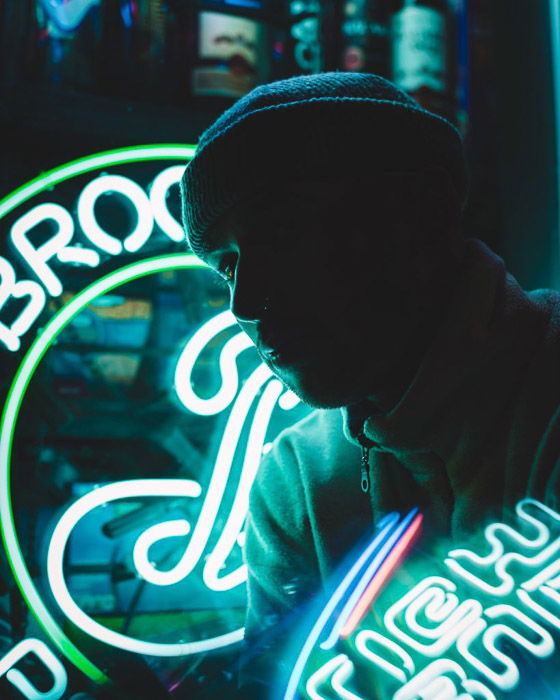
If you miss the daylight, don’t worry. You can also create interesting shadows at night using artificial lights. In fact, you have more freedom to play around with them than with sunlight since they’re everywhere and they come in different colors.
One of the most fascinating light sources you can try for shadow photography is street lights. They may seem ordinary, but they can be magical in certain situations, especially if it’s foggy or misty outside.
But that doesn’t mean you have to wait for inclement weather to create cool photos with street lights.
Even during an ordinary night, the limited beam of light they produce cast breathtaking shadows on objects below and around them.
Apart from street lights, you also have neon lights. They’re bright, they’re colorful, and the shadows they create always remind you of the sci-fi thrillers you love.
Walk around downtown and you’re bound to encounter a few signs worthy to shoot. Of course, you don’t have to limit yourself with just street lights and neon lights. Just about any type of light source will do. As long as it’s bright enough and shines at a right angle, you can use it for shadow photography.
4. Use Shapes to Create Fun Shadows
When photographing shadows, be conscious of how they appear in your image. Are they easily recognizable? If they look distracting, you might as well leave them out of your frame.
The secret is to make sure an object doesn’t cast a shadow that looks like an indistinguishable lump. The best shadows often feature beautiful patterns or solid contours.
Look for objects that have distinctive silhouettes. You can try just about anything from bicycles to trees, as long as they’re easy to identify. Humans also make nice shadows, especially when their arms and legs are spread apart.
5. Use Chiaroscuro to Help Your Shadow Photography
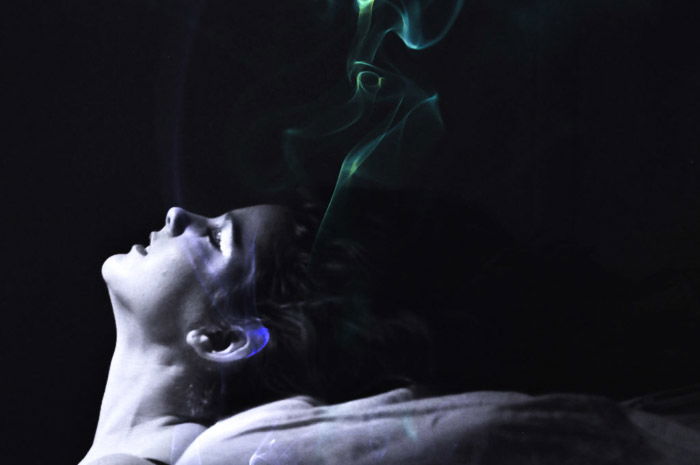
Learning how light in photography works and how it affects shadows can help you get creative with your images. That’s why it’s crucial to understand Chiaroscuro. This is a concept in painting and photography that describes the contrast between light and dark.
To understand the relationship between light and dark, it’s best to look at some examples. Some of the most famous paintings that employ chiaroscuro include Vermeer’s Milkmaid and Joseph Wright of Derby’s The Orrery.
When it comes to photography, some of Robert Maplethorpe’s portraits and Edward Weston’s still lifes come to mind. The best use of chiaroscuro is highlighting the details using light, and leaving the less critical elements in the dark. The contrast it produces also adds proportion to the subject and emphasizes textures.
To create dramatic photography, you’ll need to use hard, directional lighting. Choose a light source that has a focused beam that you can move at different angles. You should also shoot in a dimly lit location to create interesting shadows.
Shine your light source onto your subject from different angles until you see nice contrasts and rich textures. There’s no right or wrong way of doing it. Just experiment with your light and see what type of results you get.
6. Use Rembrandt Lighting to Add Depth
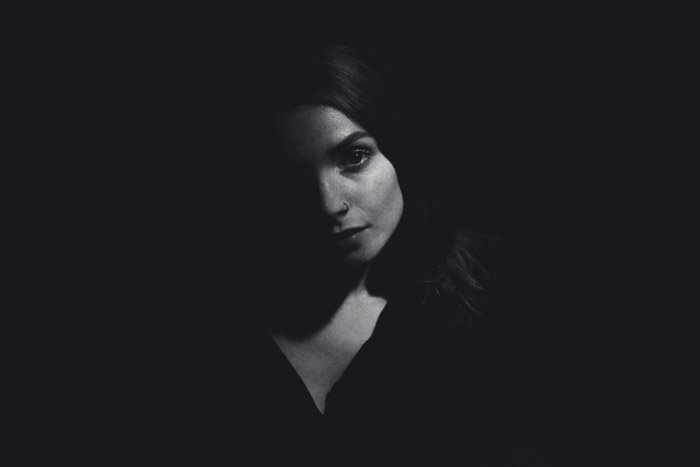
Now that you know how chiaroscuro works, then you should try how you can use it for different portrait lighting patterns. There are a lot of various techniques out there that you can try. But for shadow photography, the best ones are Rembrandt lighting and split lighting.
First, let’s discuss Rembrandt lighting. As you’ve probably guessed, it got its name from the famous Dutch painter who was a chiaroscuro master. His specific lighting style for his painting looks so gorgeous that photographers decided to adapt it for their own use.
To create Rembrandt lighting, position your light source about 45 degrees in front of your subject. Then adjust it so that it’s above your model’s head and pointing down at them at about 45 degrees.
Due to the specific placement of the light, the other half of your subject’s face will be in the dark, except for a small triangle-shaped light on the cheek.
This sliver of light is the defining characteristic of the Rembrandt pattern, so you’ll need to make sure it appears in your photo. Otherwise, you can’t really call it Rembrandt lighting.
The next popular lighting pattern for shadow photography is split lighting. The light source illuminates only one side of the face, while the other half remains completely in the shadows. Simply place your key light directly beside your subject and you’ll get a shadowed face.
Of course, there are plenty of other lighting patterns you can try apart from these two. All you have to do is play with your lights and capture the exciting effects they create.
7. Try Black and White to Enhance Shadows
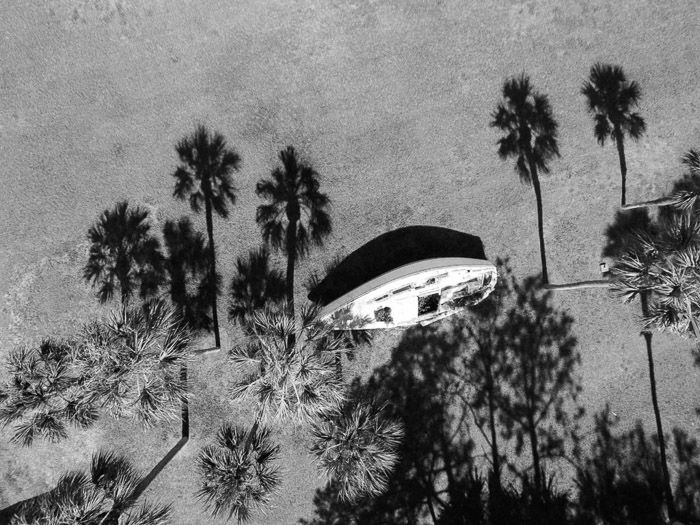
Color can sometimes be distracting, especially when it comes to shadow photography. To make it easier for your viewers to see the shadows, shoot in black and white. It tends to make the contrast between light and dark more prominent. Shades of white, grey, and black are easier for the eyes to interpret than a broad spectrum of colors.
That’s precisely the reason many of the images featured in this article are monochrome. The simplest way to produce monochromatic photos is by switching your camera’s shooting mode to black and white. Just remember that you’ll end up with JPEG files that you can only edit so much before digital artifacts appear.
If you want some flexibility, try shooting RAW+JPEG. Having a RAW as a backup gives you more options in case you’re not satisfied with your black-and-white JPEG. You can use RAW to edit your file without the risk of introducing artifacts.
Another option is to shoot in color and convert it into black and white in post-processing. All you have to do is open your file on your favorite editing software and desaturate the image. Or you can choose a black-and-white preset (especially if you’re using Adobe Lightroom) for better results.
8. Edit Your Shadow Photography
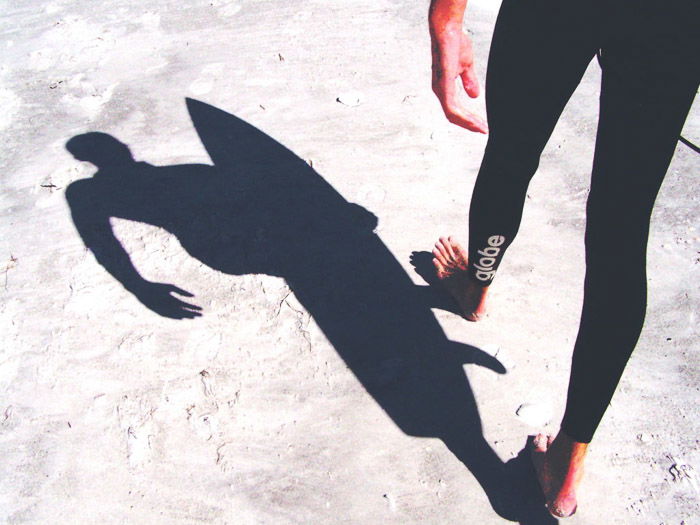
Despite using the right settings, your camera may not always achieve the perfect exposure. So we always recommend that you tweak your photos in post.
First, adjust your contrast to make your shadows look darker and more dramatic. You should also consider increasing your blacks and shadows to make the dark tones look even richer.
Just make sure not to go overboard or you’ll end up with a blown-out photo. Remember that when it comes to editing, moderation is crucial.
Conclusion
Now that you know how helpful shadows can be in influencing the mood of your images, try to incorporate them whenever possible.
Always observe how light and darkness interact with each other in your frame. If you keep your eyes peeled, you might just capture something magical.
Check out our Photography for Beginners course to master everything you need to know about light and shadows in photography!
